Drywall and studs are often used to finish walls in different parts of the house. However, the drywall may not be as suitable in the basement. Are you looking for ways of finishing your basement walls without studs or drywall? If you are, then this post is for you. We have gathered solutions to help you out, and here's what we found.
Basement walls are made of concrete or cement. Apart from drywall and studs, you can finish the basement walls by doing the following:
- Parging
- Painting the walls
- Covering the walls with curtains
- Hanging a pegboard
- Installing wood or vinyl planks
- Fitting in peel-and-stick vinyl
- Considering prefabricated walls
- Attaching bricks or stone veneer panels
- Installing ceramic, marble, or porcelain tiles
- Installing a full-size mural
- Using 3D wall panels
These are resourceful ways of finishing basement walls without drywall or studs. This post will discuss each one in detail and provide more information about basement walls. Continue reading to find out further info on this topic.
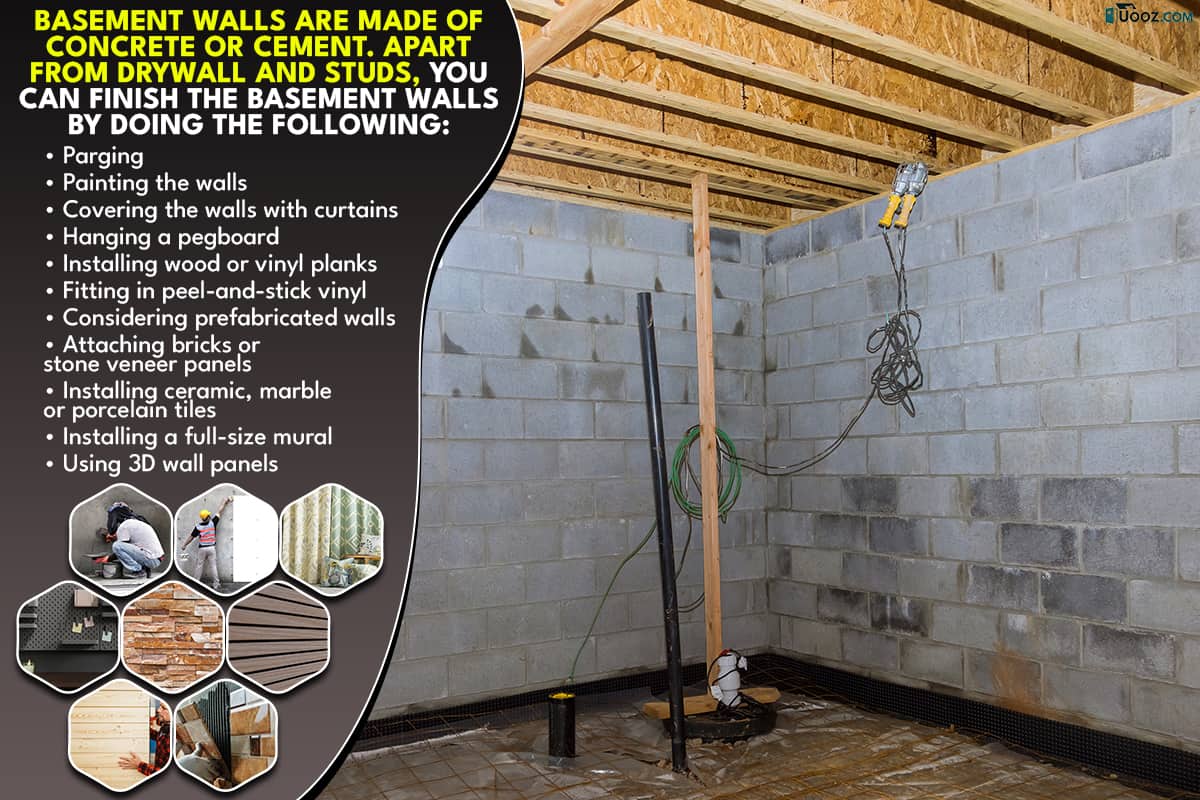
Finishing Basement Walls Without Drywall And Studs
The basement often has moisture. Installing drywall may be a good idea for walling on other parts of the house, but it can be disadvantageous when installed in a basement. It can also take up space. You don't have to worry, though, as there are several alternatives for finishing your basement walls apart from these two.
Before moving on, ensure your basement is sealed properly on the outside. Otherwise, it would defeat the purpose of sealing basement walls. Most options require the basement exterior and interior are properly sealed. With that said, you have other ways to finish the basement walls.
Parging
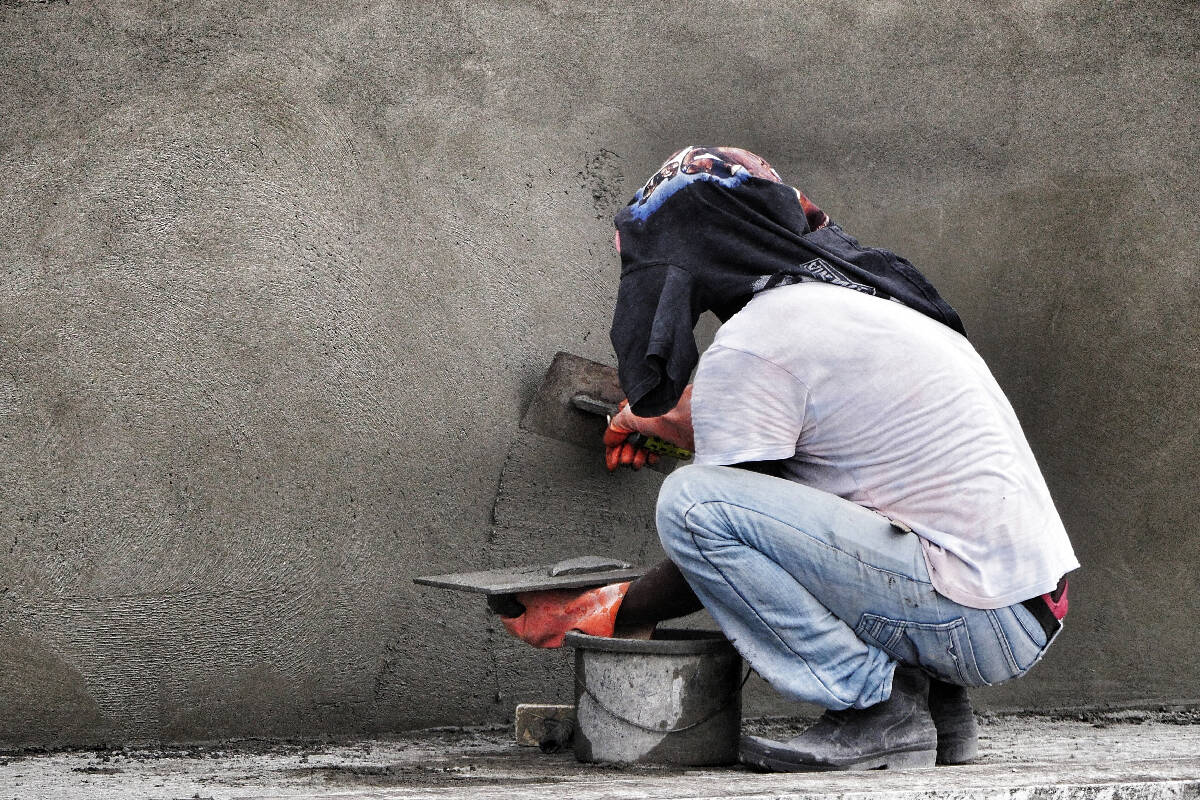
Parging means covering the surface of a masonry wall with cement. Masons use mortar to cover the surface of the walls to protect the wall’s foundation. This method keeps water away from your house, so you often find parged basement walls.
Once you've parged your walls, you can paint, decorate, or leave them as it is.
Paint The Walls
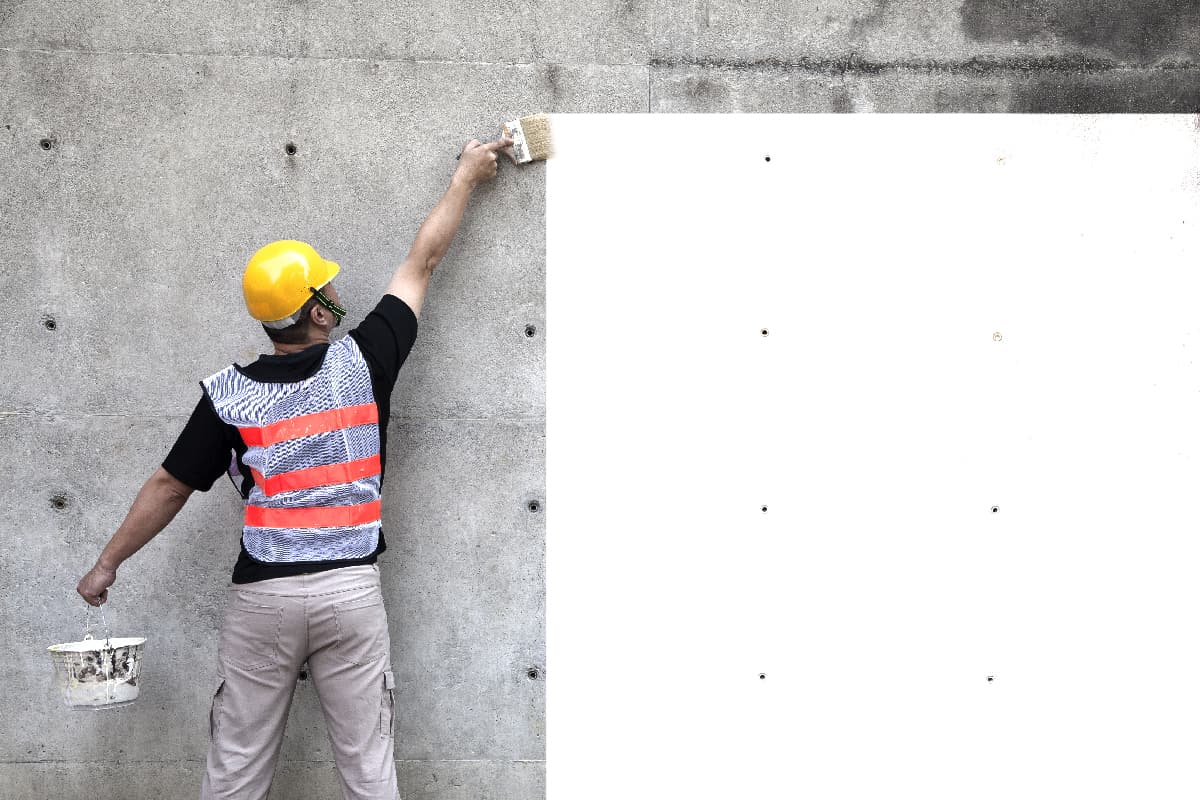
This is the simplest and cheapest way to finish the basement walls. Concrete and cement walls are easy to paint, and there are specific paints that are made to protect your walls. Remember to choose a paint and paint sheen that can repel moisture.
Semi-glossy and glossy paints deter moisture, so these paint finishes are ideal for the basement. The color of your walls depends on how you intend to use the space, but white is a good choice as it brightens the space and makes it look bigger.
Click here to see this paint on Amazon.
Cover The Walls With Curtains
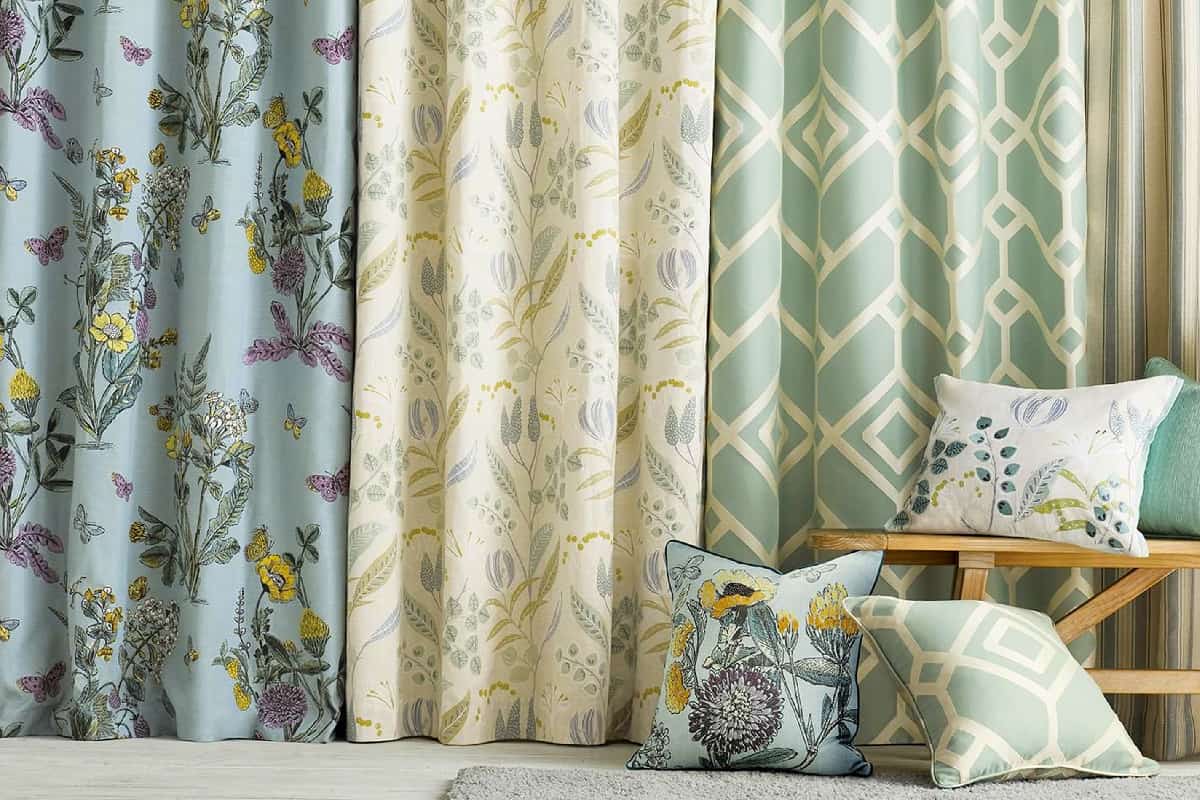
It may not be your best idea to finish a concrete basement wall, but covering walls with curtains is also a simple way of doing so. Curtains are both decorative and functional. They’re also easy to install and can be temporary if you haven't decided what to do with your bare walls.
Curtains will also add warmth and texture to an unfinished basement. Hanging curtains is also a clever way to glam up unfinished walls. Because they are temporary, you can modify your design whenever it suits you.
Curtain tracks can easily be attached to the ceiling to install curtains, so no wall drilling is needed.
Click here to see this curtain on Amazon.
Hang A Pegboard
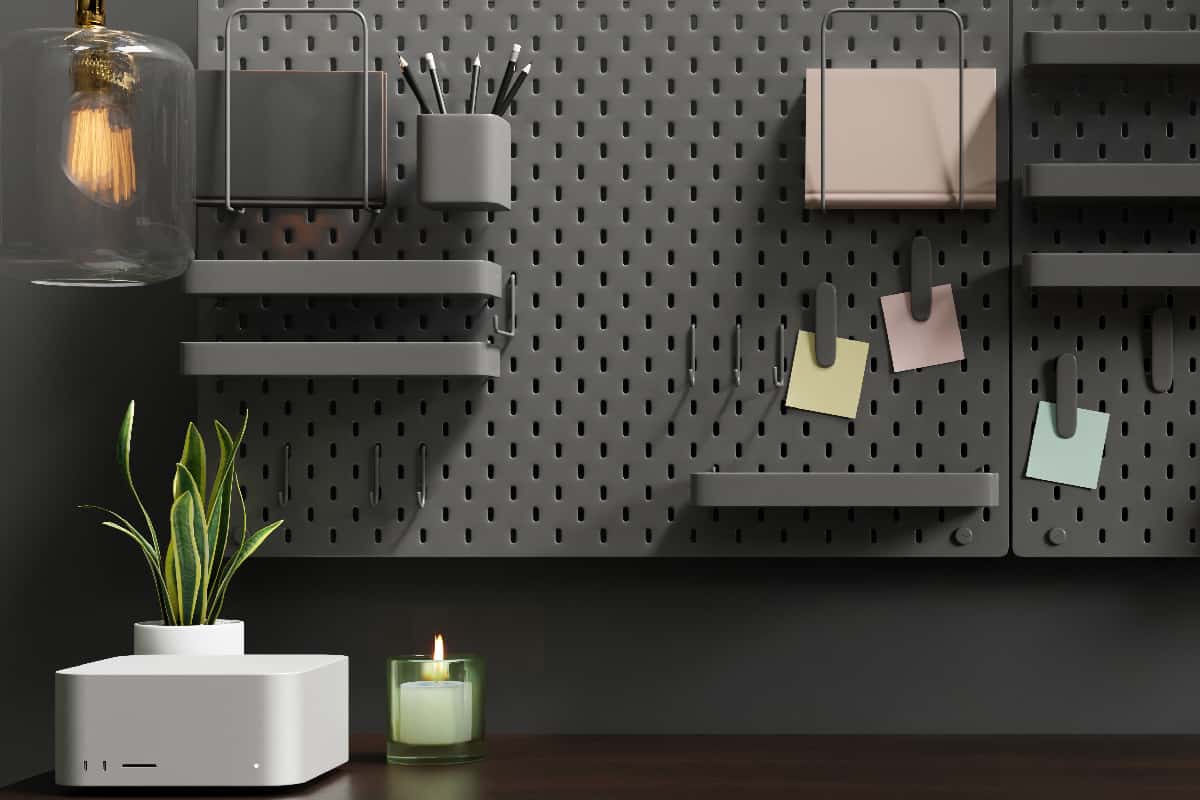
Pegboards are often found on garage walls to hold tools. However, pegboards can be decorated to be hung anywhere you want.
These are both decorative and functional, so it is another clever way to finish your basement walls. You can drill the pegboards on the cement or concrete walls to cover them up. If you are hanging a pegboard in the basement, choose the ones made of plastic or metal. Pegboards made of wood need to be sealed first to protect them from moisture.
Install Wood Or Vinyl Planks
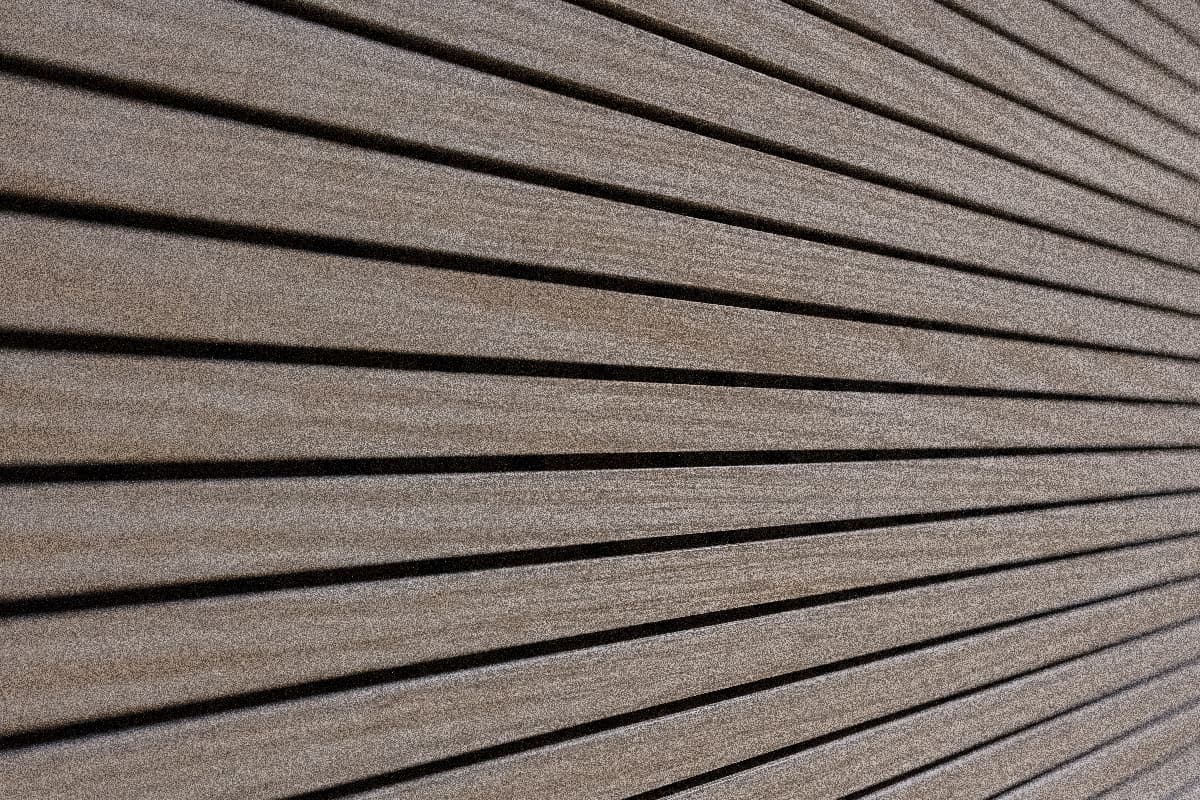
Flooring on walls is now a trend wherein homeowners use wood or vinyl planks to decorate their walls. They’re applicable on basement walls as most vinyl planks are resistant to moisture.
Another advantage of a vinyl plank is that it is easy to install. It is a simple way of upgrading your basement walls, so it won’t look like it’s not part of your house.
For wood planks, choose lumber that has a natural resistance to rot, like cedar or cypress. If you want a rustic vibe, you may go with untreated cedar wood planks. However, bear in mind that when you leave this wood untreated, it’ll eventually lose its natural color. So if you want to preserve its color, you can paint or stain it.
Wood planks can be screwed or nailed on concrete walls during installation.
Fit In Peel-And-Stick Vinyl
Speaking of vinyl planks, there are also peel-and-stick vinyl floorings that can also be used on basement walls. You don’t need to glue them as they are self-adhesive. They also have different designs, making them suitable for your basement walls as well. Additionally, this can be another fun way of finishing your walls, as you can decoratively position each piece.
Click here to see this peel-and-stick vinyl on Amazon.
Consider Prefabricated Walls
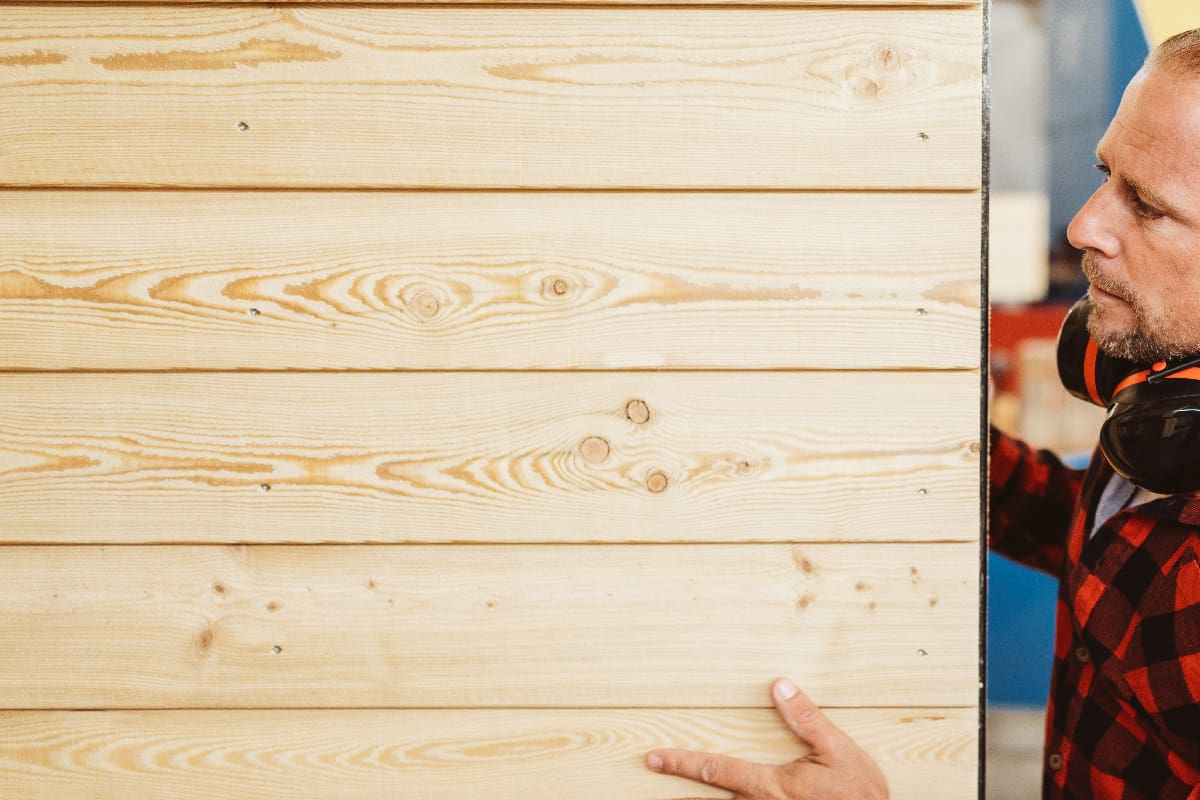
Pre-fabricated walls are ready-made walls that are durable as they are made of high-quality materials. There are several types and materials to choose from, so you don’t have to worry about design and style.
A Wahoo wall is an example of this. They’re made for basement finishing and can be painted as well. This is another good alternative to drywall.
Attach Bricks Or Stone Veneer
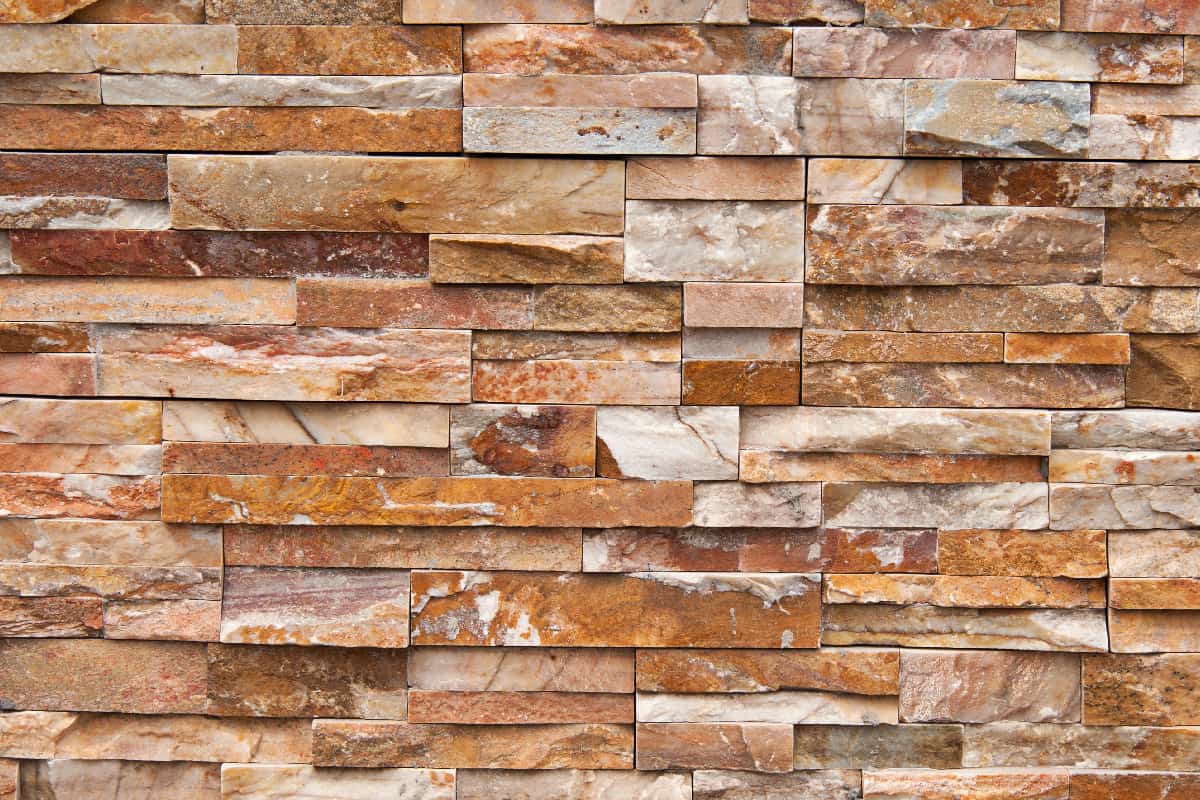
Bricks are a classic way of finishing the outside or inside walls of a house. It gives a distinct character to your home. This option is something you choose when you want a long-term solution to your unfinished basement problem.
One downside of a brick wall, though, is its price. It can be expensive. However, if you are looking for longevity, this is the way to go.
If you want the feel of brick without hurting your pockets, you can go with stone veneer. These are known as faux stones. Stone veneers are long-lasting and lighter than bricks. It is easier to install than natural stone.
Stone veneers are sold individually, so you can create varied forms by buying different sizes and textures.
Install Ceramic, Marble, Or Porcelain Tiles
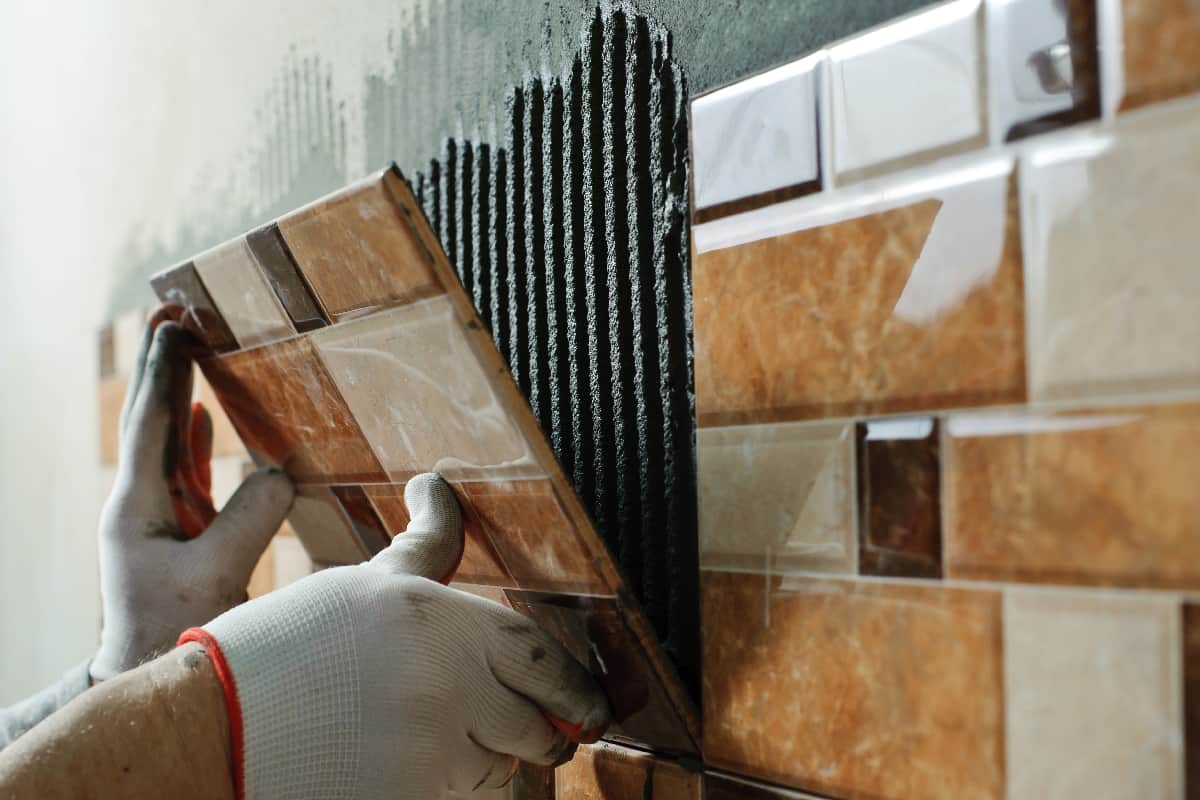
Tiles are the go-to finish for a bathroom as it is resistant to moisture. The same idea can be applied to your basement wall. There is no hard rule barring you from using ceramic tiles on basement walls. Before installing the tile on the wall, you have to seal the wall with polyurethane sealant and let it cure.
Another advantage of installing ceramic tiles is the variety of designs available. Tiles nowadays don’t just come in white. You can get different colors, shapes, and patterns, so you don’t have to stick with white and make your basement look like a laboratory.
Click here to see this tile on Amazon.
Install A Full-Size Mural
Murals are another great alternative to drywall. These are the counterparts of wallpapers. They are easier to install and remove compared to old-fashioned wallpapers. Murals can also be customized to fit your style and space.
There are also many designs to choose from, so you won’t run out of ideas to use them.
Click here to see this full-size wall mural on Amazon.
Use Three-Dimensional Wall Panels
Another way of finishing your basement walls is by using 3D wall panels. The surface of the panels is three-dimensional which makes this decor interesting and modern.
If you want to veer away from classic ways of finishing your basement walls, this is the way to go. There are various designs you can pick, so you are free to express your style.
By using 3D wall panels, you are saving money as you don’t need to paint the walls. These panels can be installed on concrete or even brick walls. If you have uneven walls, this is a good alternative, as it hides those imperfections.
Click here to see this 3D wall panel on Amazon.
In Summary
Drywall is not always a good choice for a basement wall. Apart from the fact that it doesn't sit well with moisture, installing it may eat more space in the basement. Thankfully, there are alternatives on how to finish basement walls without drywall or studs. Each method was discussed to help you decide which one is suitable for your need and even your style.
If you found this post helpful, feel free to check out other related articles:






